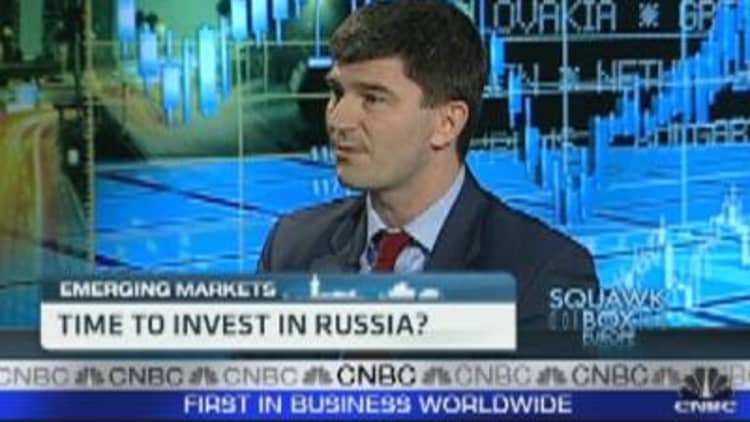The financial collapse of 2008 has been described as an “economic 9/11” for the United States. How ironic, then, that the origin of the collapse can be traced, in part, to the federal government’s response to the 9/11 terrorist attacks themselves.
Federal Reserve Chairman Alan Greenspan worried the tragedy would send shockwaves through the economy, which was already in a recession, following the burst of the technology stock bubble.
Fearing an even more serious slowdown, President Bush encouraged Americans to spend in order to keep the country’s economic engine running.
Greenspan went a step further. Several steps further. Less than a week after 9/11, the Fed began a series of interest rate cuts that made it easier and cheaper to borrow money.
The cuts continued for nearly two years and created incredible new demand for mortgages, home equity loans, automobile financing, and other kinds of credit.
It was exactly what President Bush and Chairman Greenspan had hoped would happen. But it led to something they never expected.
Group of Securities
1110526


